With countless businesses, individuals, governments, and organizations joining in on the fight against climate change, these ten headlines from 2019 show that we have made more than a few notable strides in saving the world.
So without further ado, here are the top ten most popular environmental stories of the year.
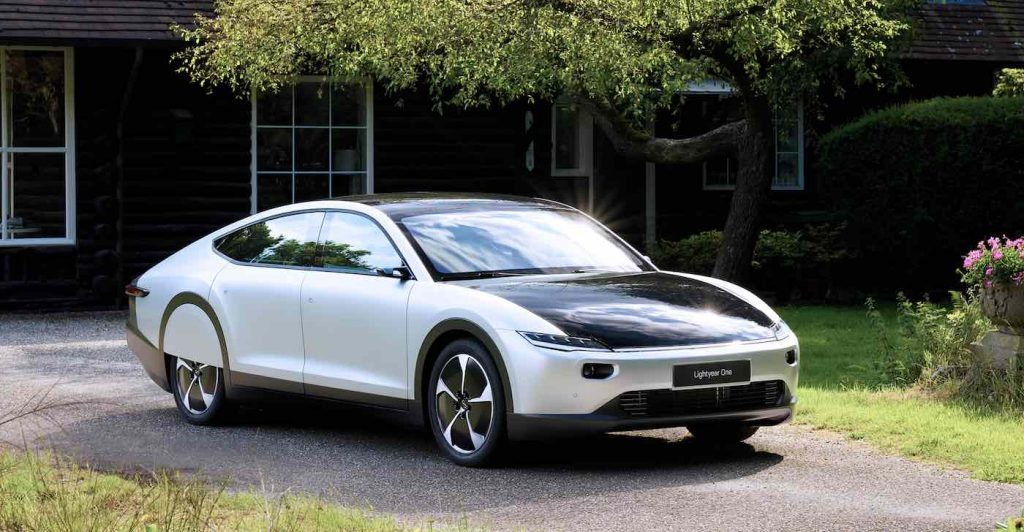
10. Dutch Company Unveiled the World’s First Long-Range Solar Car: The 4-Passenger Lightyear One
Back in July, Dutch automotive company Lightyear introduced the world’s first long-range solar car: the four-passenger all-electric vehicle called Lightyear One.
The prototype had already sold 100 orders to be filled in 2021 after it was presented to a select audience of investors, customers, partners, and press in the Netherlands over the summer.
The Lightyear team of international engineers (some coming from Ferrari and Tesla) said they now believe it to be a historic turning point in the fight against global CO2 emissions.
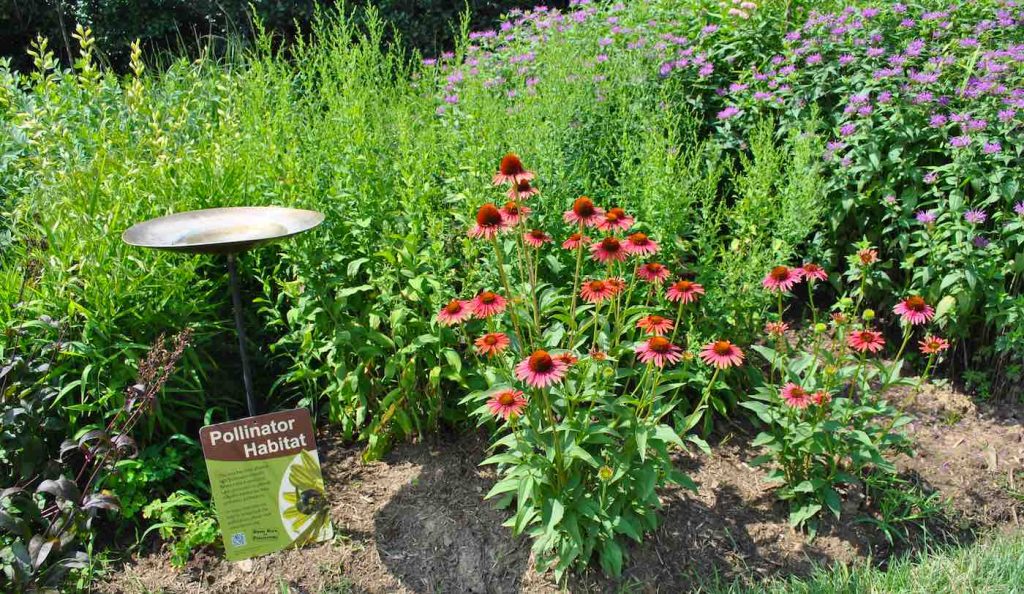
9. Over 1 Million Gardeners United to Create Global Network of Greenery That Nourishes Bees and Butterflies
In April, the National Pollinator Garden Network surpassed their goal of registered pollinator gardens with just over 1,040,000 gardens registered with their Million Pollinator Garden Challenge.
The organization launched the ambitious initiative back in 2015 as a means of saving pollinators, which are responsible for about one in three bites of food that we eat every day.
Though most of the registered pollinator gardens are concentrated in the United States, the project also recruited members in Canada, Mexico, and Europe. The registered spaces, most of which are comprised of private yards and public gardens, all add up to a network of approximately 5 million acres of enhanced or new pollinator habitat.
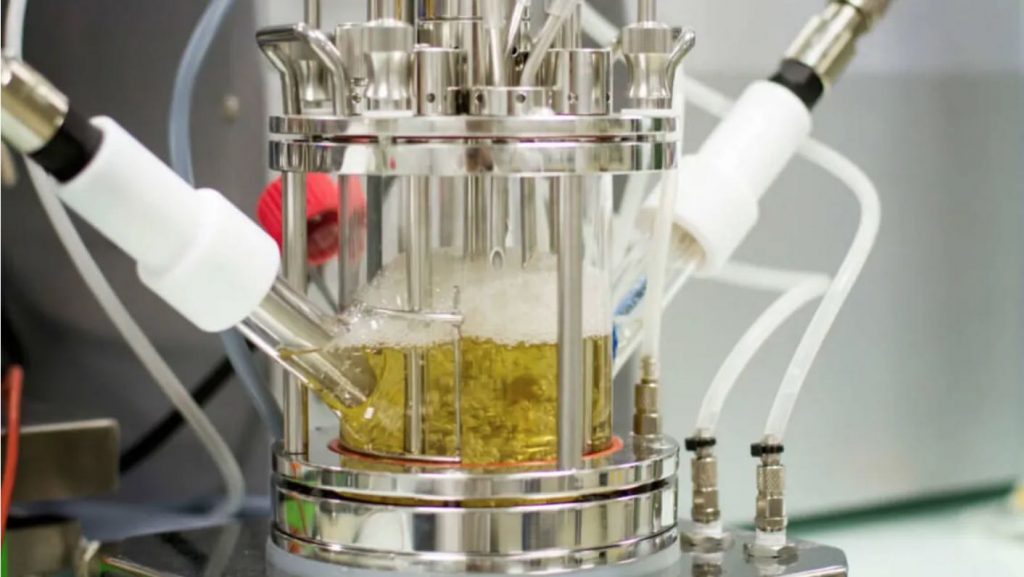
8. New Factory That Uses Enzymes to Recycle All Plastics At Once Has the Backing of Major Corporations
French startup Carbios is poised to solve most of the world’s recycling conundrums with a new process that uses enzymes to break down the most problematic PET plastics (like contaminated black food trays) into a form so pure that it can be used to make clear water bottles that look and act like those made from petroleum.
The green chemistry company announced in October that it had wrapped up funding for the construction of a new recycling plant that will use enzymes to biorecycle—all at once, and in a few hours—multicolored plastic, like food trays or polyester shirts—for which the recycling rate is close to zero.
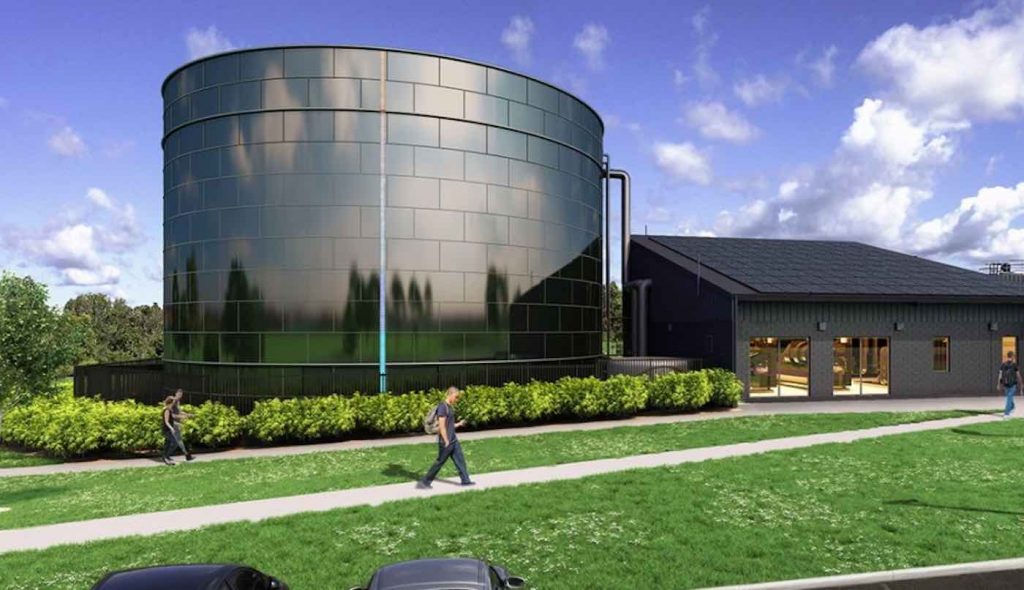
7. Three-Story ‘Water Battery’ Slashed University’s Electrical Costs By 40% in One Month
The first-of-its-kind battery, which was switched on at the University of the Sunshine Coast (USC) in September, has been designed to store energy generated by 6,000 solar panels that have been installed across campus rooftops—and it has already slashed their overall electrical usage by 40%.
Over the course of the next 25 years, the thermal energy tank is expected to save $100 million in air conditioning costs and dramatically reduce the school’s greenhouse gas emissions, according to school representatives.
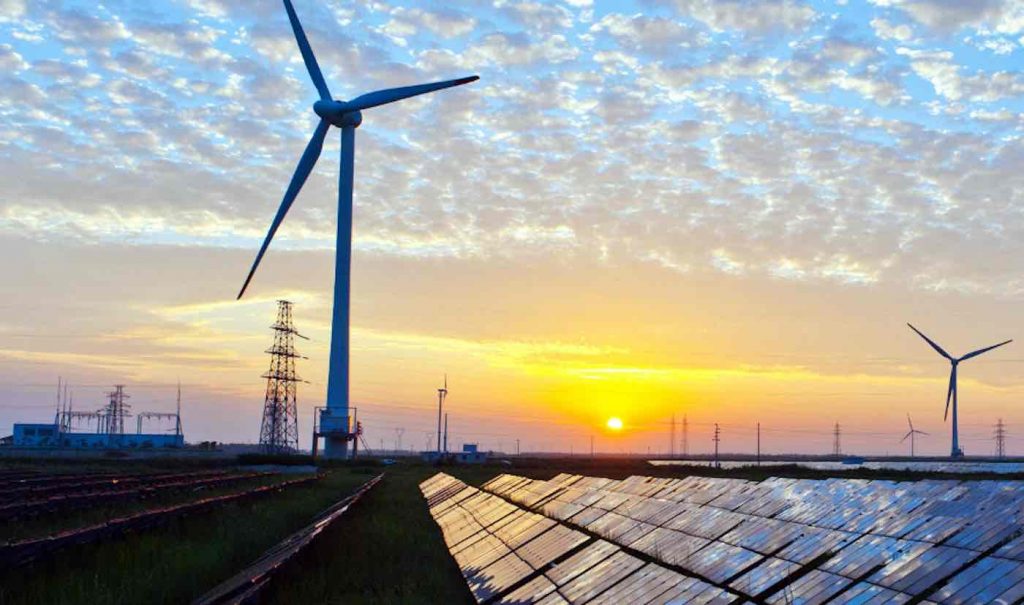
6. Researchers Created ‘First-of-its-Kind’ Roadmap for Saving Earth From Climate Change Years Before 2050 Deadline
The study, which was published back in April, was the first of its kind to outline a cost-effective international strategy to keep the planet’s carbon emissions at 1.5 degrees Celsius. Not only that, it was the first study of its kind to suggest a global strategy that does not involve carbon-capture technology.
The “Global Energy System Based on 100% Renewable Energy—Power, Heat, Transport and Desalination Sectors” report was conducted by the Lappeenranta University of Technology (LUT) and the Energy Watch Group (EWG) from Germany.
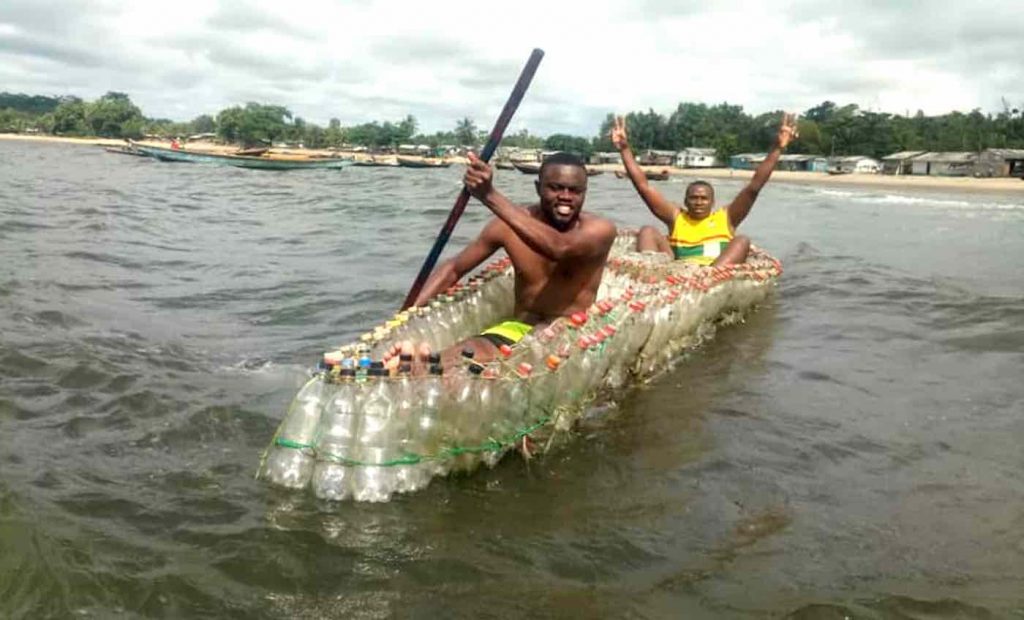
5. Cameroon Man Used Wasted Plastic Bottles to Build Canoes for Fishermen in Need—and Bring First Recycling System to the Nation
An innovative young man from Cameroon has been cleaning up pollution in his city by turning plastic bottles into boats.
Ismaël Essome Ebone was first inspired to build his “EcoBoats” as a student back in 2011. After his boats proved successful, he invested all of his money into launching his nonprofit Madiba & Nature: a charity dedicated to collecting plastic waste from around the region and turning it into boats for ecotourism and fishermen in need.
Thanks to the success of the recycling venture, the Cameroonian organization was this year able to install the nation’s first ever EcoBin for collecting, sorting, and recycling waste materials.
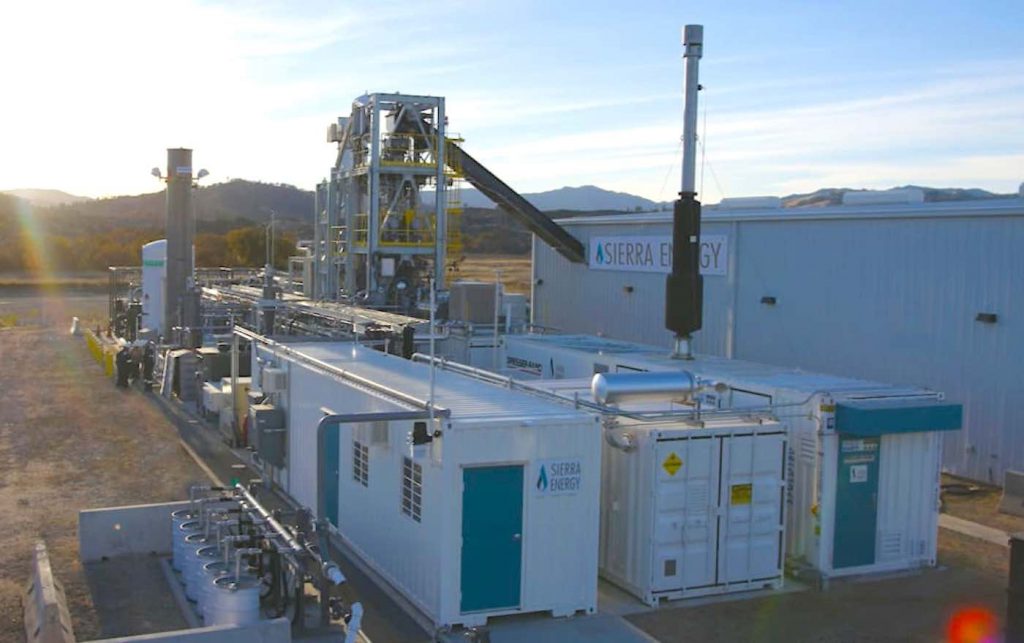
4. This Revolutionary New Blast Furnace Vaporizes Trash and Turns It into Clean Energy (Without Any Emissions)
The Sierra Energy company has been readying to tackle all of the non-recyclable garbage that ends up in landfills by vaporizing the heaps of trash and turning it into clean energy without any waste or emissions.
The fuel that is made from the FastOx technology is reportedly 20 times cleaner than California fuel standards. Additionally, all of the gases that are generated by the chemical process are captured for reuse—for instance, to replace fossil fuels that power airplanes or for use as fertilizer, hydrogen, or ethanol.
Back in August, the company announced that they were able to close a $33 million Series A investment round in order to further develop and commercialize its technology for municipalities and landfills so they can convert waste into clean, renewable energy and fuels.
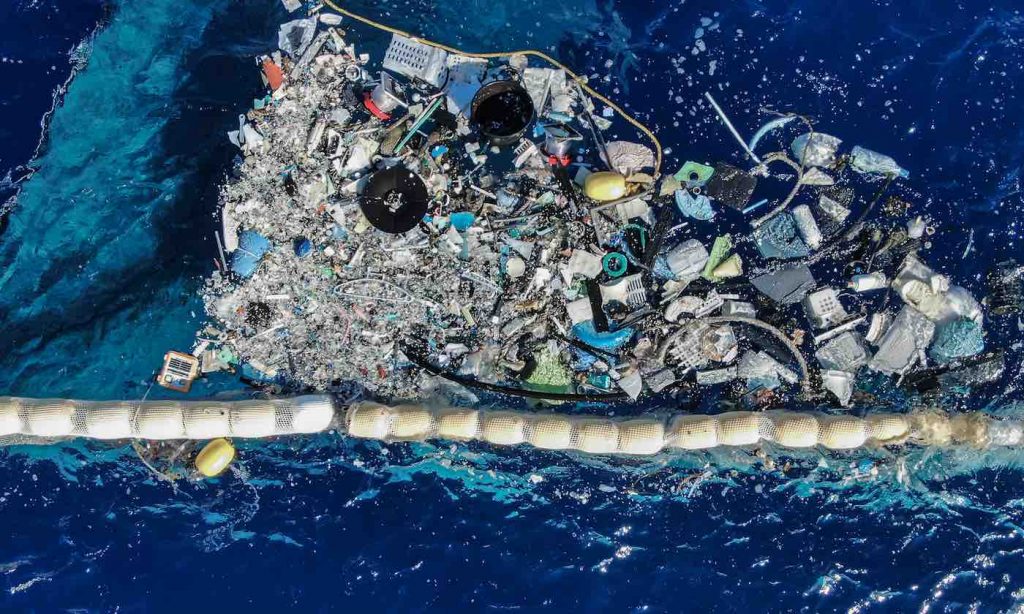
3. Ocean Cleanup Made History by Successfully Collecting First Plastic From Great Pacific Garbage Patch
For the first time in history, conservationists collected trash from the Great Pacific Garbage Patch for recycling.
After one year of testing, The Ocean Cleanup organization announced in October that their System 001/B vessel had successfully captured and collected plastic debris from the patch.
Furthermore, the team brought back their first load of garbage for recycling last week.
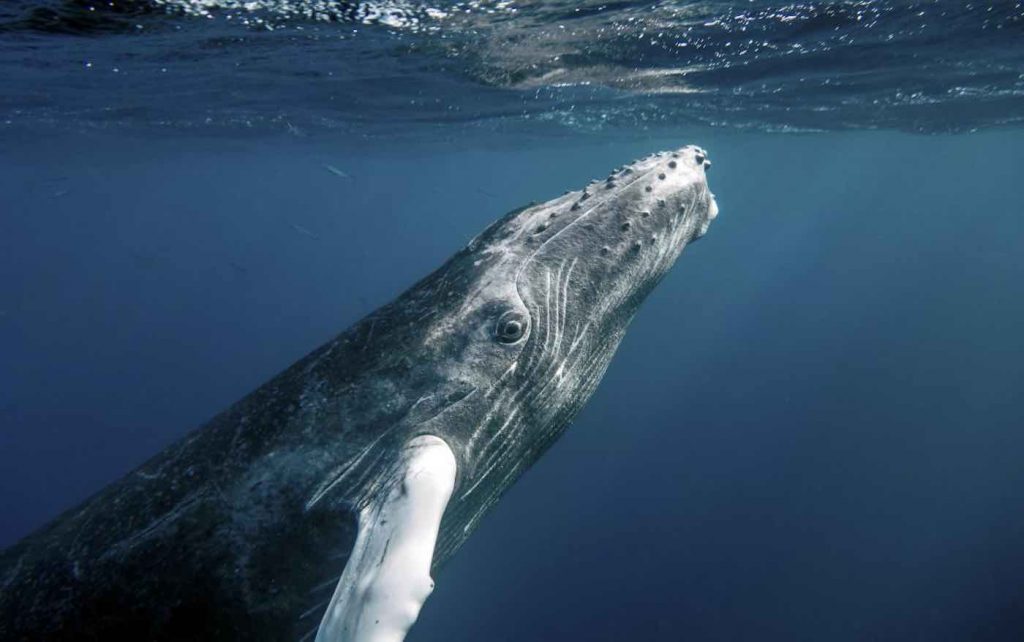
2. Humpback Whale Population Bounces Back From Near-Extinction—From Just 450, to Over 25,000
Intense pressure from the whaling industry in the early 1900s saw the western South Atlantic population of humpbacks diminish to only 450 whales, after approximately 25,000 of the mammals were hunted within 12 years.
However, a study from the University of Washington’s School of Aquatic and Fishery Sciences which was published in November revealed that the species’ population has now rebounded to 25,000 once more.
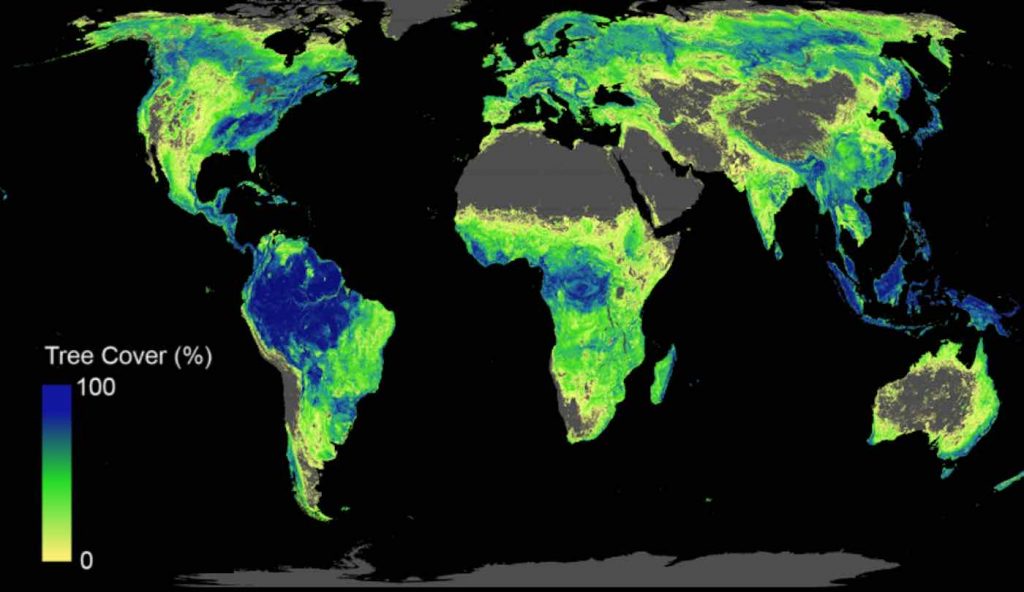
1. For First Time Ever, Scientists Identified How Many Trees to Plant and Where to Plant Them to Stop Climate Crisis
According to a historic study that was published by the Crowther Lab of ETH Zurich back in July, around 0.9 billion hectares (2.2 billion acres) of land worldwide would be suitable for reforestation, which could ultimately capture two thirds of human-made carbon emissions.
Since the lab investigates nature-based solutions to climate change, the researchers showed for the first time where in the world new trees could grow and how much carbon they would store.
Clean Up Negativity By Sharing The Eco-Friendly News With Your Friends On Social Media…




















